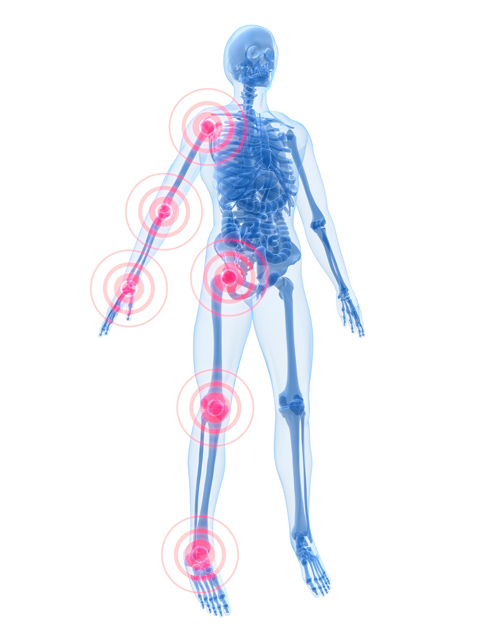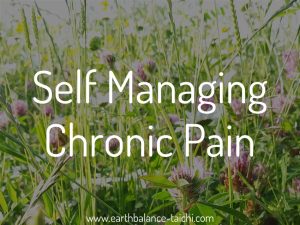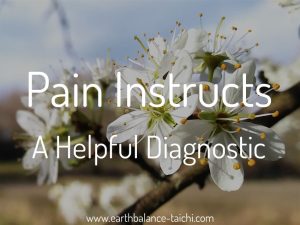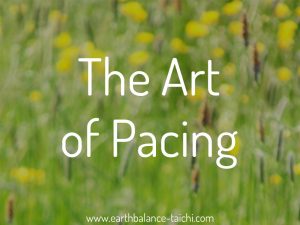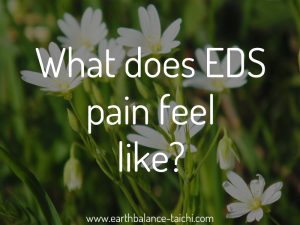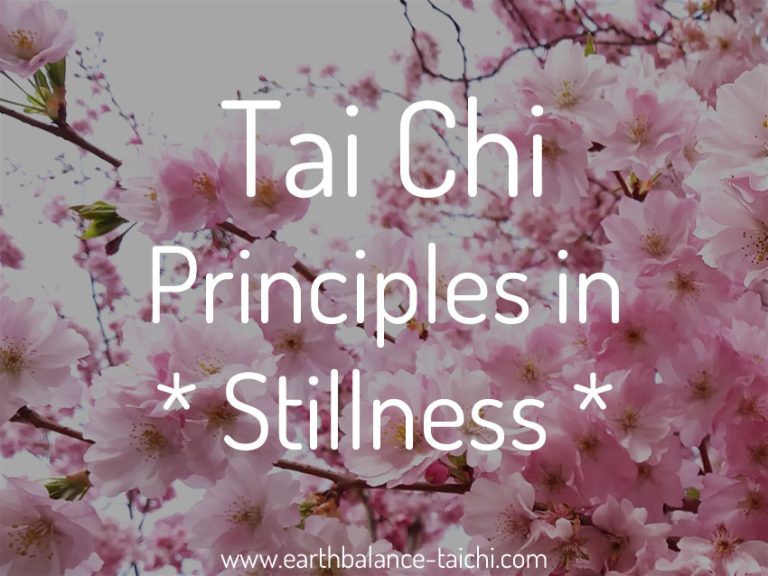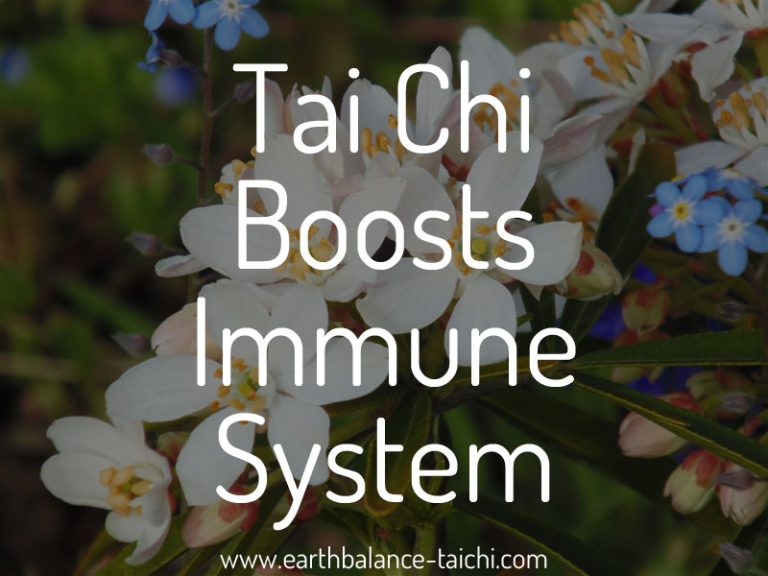Tai Chi for Chronic Pain

Tai Chi for Chronic Pain
Learn how exercise & meditation can ease the symptoms of living with pain. Chronic pain is continuous and can range from low-level aches to constant unmanageable pain. The source of pain can come from injury, illness, disease or disharmony. Pain is a signal that tells us there is a problem somewhere in the body. Read my companion article called 'Pain Instructs', which talks about using pain as a diagnostic in exercise. As a Tai Chi and Qigong instructor, I live every day with chronic and acute pain. There is no off switch, I live and breathe pain. I I have personally and professionally studied the human mind and body in stillness and movement, to try and alleviate my own pain levels. This article explores "Tai Chi for Chronic Pain", looking at the benefits of practicing Tai Chi and Qigong as an effective method of pain management.
Chronic Pain Symptoms & Effects
- Chronic fatigue
- Spine, joint and/or muscular, soft tissue pain
- Swelling and inflammation of affected area
- Tension, muscular contraction, stiffness in joints
- Pain on moving
- Pain on being still
- Pain on touch
- Limited mobility
- Decrease in flexibility
- Lack of motivation
- Unable to sleep
- Pain-somnia
- Depression
- Anxiety
- Weight gain
- Isolation
- No off button, impact on mental health
Natural Recommendations for Chronic Pain
Slow and deep breathing exercises into the belly for pain management. Learn to meditate and take time for yourself to relax. Learn how to work with your baseline gracefully and learn to pace. Aid muscles to relax and recover with hot baths (Epsom salts are a great addition to your bath water). Make sure you rest and sleep enough. Keep moving and active, nourish your joints and soft tissues with a daily exercise routine. Good nutrition and diet e.g. anti-inflammation food plan. Reduce physical and mental stress. Supporting the immune system with natural supplements e.g. fish oil, minerals, vitamins. Be creative through art, writing, singing etc. Keep busy with hobbies and interests that you love.
Tai Chi for Chronic Pain - How Does This Help?
Mind
- Improved mood and levels out emotions
- Reduces stress, depression and anxiety
- Activation of the body’s automatic relaxation response (parasympathetic system)
- Gain mental calm
- Learn self compassion
- Develop ability to relax, empowering you with your own health
- Working in a supportive group of people is a great social outing
-
Helps to change our psychological and emotional response to pain and tension
Body
- Able to manage and reduce pain
- Increase range of motion and flexibility
- More mobile and healthier spine
- Opens the lower back area, relieving pressure from this usual troublesome spot
- Drops tension in shoulders, holding the arms from the back
- Improved leg strength
- Non impact method to help keep you moving gently and at a slow pace
- Uses own bodyweight for strength building
- Less stiffness
- Reduction in muscular contraction and tension
- Better co-ordination, balance and body awareness
- Reduces risk of falling
-
Helps to change our physical response to pain and tension
Health
- Increase in energy and reduction of chronic fatigue
- Helps boost immune system by up to 50%
- Less disturbed sleep patterns
- Increase in oxygen levels through deep breathing that aids all body systems
- Better mental clarity and brain function
- Improved circulation and heart function
- Improve the efficiency of the lymph system
- The movements massage the internal organs aiding their function
- Allows Qi to flow through the meridian pathways of the body
Deep Breathing and Chronic Pain
- Tai Chi and Qigong combine slow dynamic movements with deep breathing and an aligned posture.
- Deep diaphragmatic breathing helps to bring more oxygen into the body, to help all body systems function better.
- It also helps us to truly relax the mind, reducing stress, anxiety, frustration and anger, as well as the body, the muscles and soft tissue.
- This activates the body's relaxation response which slows down the heart rate and lowers blood pressure.
- The focus on deep rhythmic breathing helps to create a positive distraction, which can help reduce pain and other stress triggers.
- The physical signs of anxiety are shallow and rapid breathing, which can lead to hyperventilating, pins and needles, chest pain and difficulty with vision. Deep breathing is the key to helping reverse this stressful state, in time returning the body to neutral.
Changing our Response to Chronic Pain
- Tai Chi and Qigong not only help to reduce chronic pain, they also help our mental health.
- When we live in chronic pain, this usually comes with cycling low mood, anxiety, negative emotions, stress and upset connected to the pain.
- The mindful aspects of training Tai Chi and Qigong help soften our emotional response with a healthy distraction.
- With a single point of focus, the movements, the breathing and the choreography help us interrupt the chronic pain cycle.
- We also practice self-compassion when learning the movements, which has a positive knock-on effect to our minds and our daily lives.
- Over time, with effort and practice, we re-train our response to pain to be able to cope better.
Hibernating Bear Programme
Online Classes - Tai Chi for Chronic Pain
I specialise in working with people living with pain and fatigue. As someone who also lives with chronic pain, I have been through a very long journey of personal discovery and professional training to learn about effective methods to support physically and mentally when living with a different baseline from the norm. Join me privately on Zoom or across the Isle of Wight for 121 tuition, or subscribe to our Patreon and begin your journey as a Hibernating Bear student. Everyone welcome!
Tai Chi for Chronic Pain - Medical Research
University of Maryland Medical Center, Dec. 2002
- Tai Chi as a preventative and complementary therapy. Discussed the benefits for those with chronic pain, strengthening the immune system and central nervous system.
Case Western Reserve University in Cleveland, Ohio / Oregon Research Institute
- Elderly Tai Chi students experience pain reduction in their arthritis and increase in mobility
Dr. Chenchen Wang at Tufts University School of Medicine in Boston
- New England Journal of Medicine
- Fibromyalgia patients saw an improvement in pain, quality of life, sleep patterns, pain and the ability to exercise after 24 weeks.
The Effectiveness of Tai Chi for Chronic Musculoskeletal Pain Conditions: A Systematic Review and Meta-Analysis
- Conclusion states that Tai Chi had a “smallpositive effect on pain and disability in people with arthritis.”
Tufts Medical Center in Boston
- Fibromyalgia patients reported reduction in tiredness, pain, stress, depression and noticed an increase in quality of life.
Comparative efficacy of exercise therapy and oral non-steroidal anti-inflammatory drugs and paracetamol for knee or hip osteoarthritis: a network meta-analysis of randomised controlled trials.
- Exercise is shown to be as effective as non-steroidal anti-inflammatory drugs and Paracetamol. Tai Chi and Qigong mentioned as part of an exercise programme including aerobic, flexibility and mobility, and strength training. Conclusion "Exercise is effective for pain and function". https://bjsm.bmj.com/content/early/2023/01/02/bjsports-2022-105898
Tai Chi for Chronic Pain - Please speak with your doctor prior to starting a new exercise programme. This article is for information purposes only and must not be taken as medical advice.
